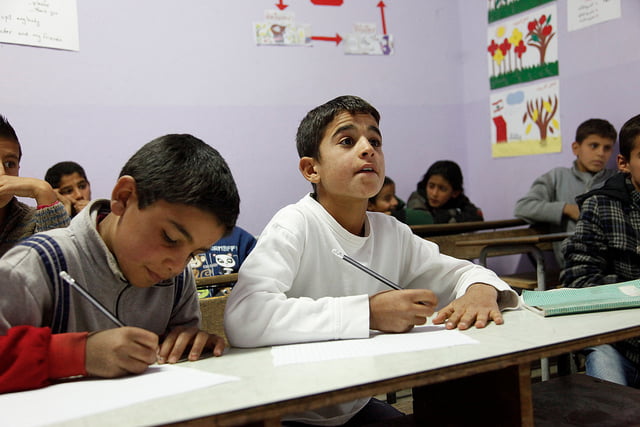Also, Germany surpassed the UK as the number two donor in absolute terms. “Development aid from 29 of the world’s wealthiest countries hit $142.6bn (£114bn) in 2016, a 9% increase from 2015. According to statistics published by the Organisation for Economic Cooperation and Development, almost 2% of this rise remained in donor countries, including EU states, to deal with the cost of hosting refugees, which has surged by 27.5% since 2015 to reach $15.4bn. The data also shows that aid to the least developed countries fell by 3.9% from 2015, with aid to Africa down by 0.5%.Amy Dudd, director of the UK Aid Network, said that while the group welcomed the rise, the figures masked a worrying trend. “Aid globally might be going up but that is obscuring something quite important – that the increase in aid is not reaching the poorest people. Rather, it is remaining in donor countries, meaning the impact on poverty and sustainability on a global level is not what it might appear from the figures,” said Dudd.” (Guardian http://bit.ly/2oppYjU)
Yet Another Urgent Warning on the Four Famines…”UNHCR, the UN Refugee Agency, is warning today that the risk of mass deaths from starvation among populations in the Horn of Africa, Yemen and Nigeria is growing. This warning is in light of droughts that are also affecting many neighbouring countries and a funding shortfall that has become so severe that an avoidable humanitarian crisis in the region, possibly worse than that of 2011, is fast becoming an inevitability. Already displacement is rising, forcing us to upgrade our displacement estimates for 2017. In Sudan, for example, where our initial estimate was for 60,000 arrivals from South Sudan this year, we are in the process of revising the expected total upwards to 180,000. Similarly in Uganda we are revising planning from 300,000 displaced to 400,000. In all, some 20 million people in these countries are in areas affected by drought, 4.2 million of whom are refugees. Consecutive harvests have failed, conflict in South Sudan coupled with drought is leading to famine and outflows of refugees, insecurity in Somalia is leading to rising internal displacement, and rates of malnutrition are high, especially among children and lactating mothers. In the Dollo Ado area of southeast Ethiopia for example, acute malnutrition rates among newly arriving Somali refugee children aged between 6 months and five years are now running at 50-79 percent.” (UNHCR http://bit.ly/2o1KyU5)
Syria is a Good Reason Why the United States Should Stick With the Human Rights Council (UN Dispatch http://bit.ly/2o1PNTz)
